
Culture
17:56, 11-Oct-2017
Life on the line: Veteran train driver’s career from steam to bullet trains
CGTN
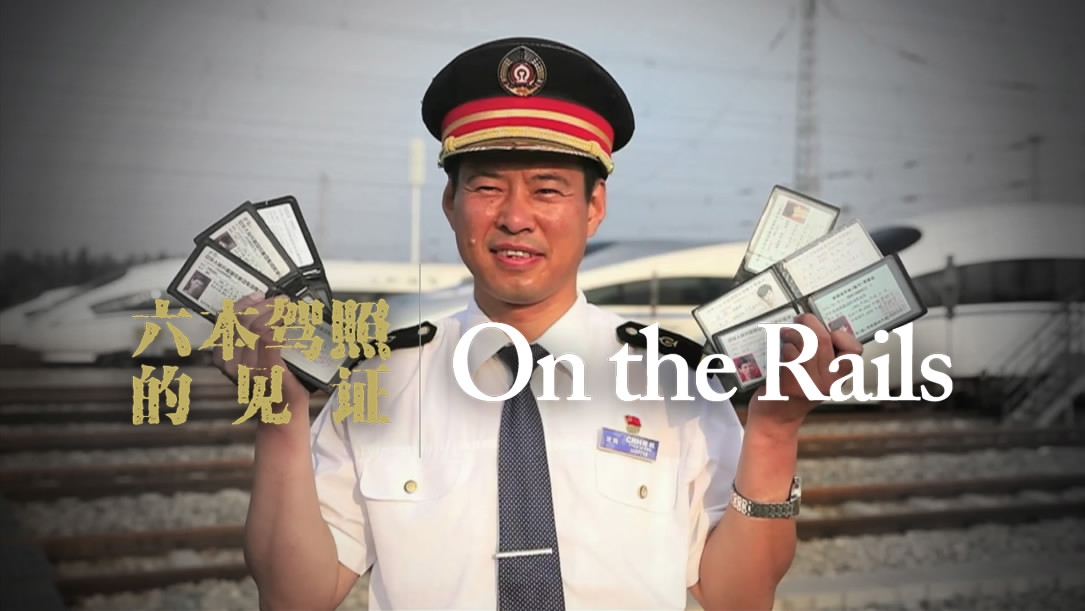

CGTN Photo
CGTN Photo
In China, every generation has its own memory of trains.
People born in the 1970s are familiar with smoky and noisy steam locomotives, while those born in the 1980s will have a lasting impression of the crowded green trains with no air conditioning from that era. The memories of the post-90s generation are likely to be entwined with clean, fast electric trains. And youngsters born after 2000 will know little other than high-speed bullet trains.
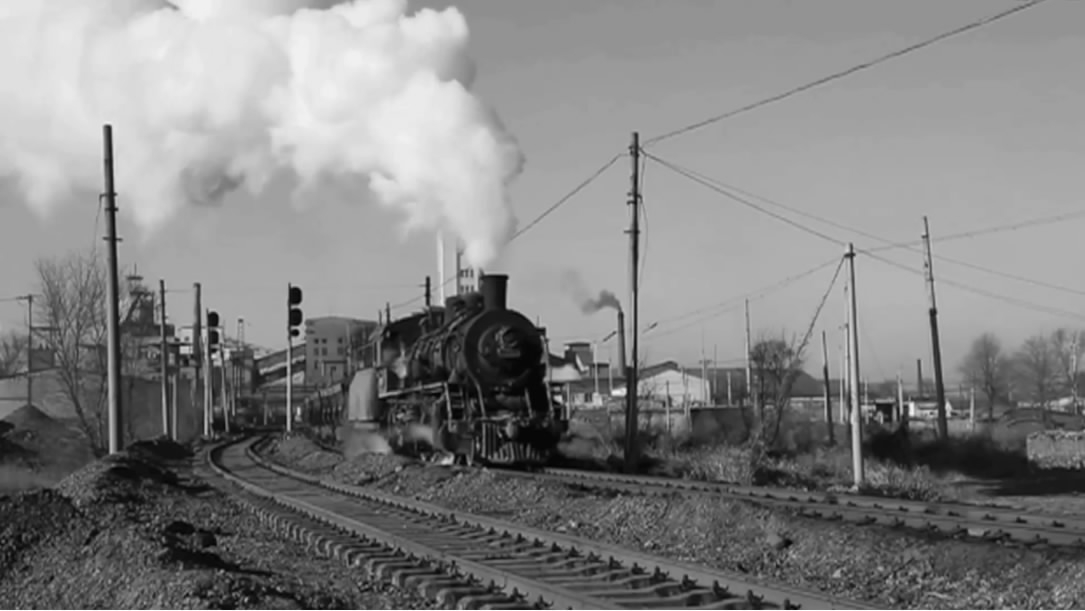
9,698 steam locomotives were produced in China from 1952 to 1988, according to www.chnrailway.com./ CGTN Photo
9,698 steam locomotives were produced in China from 1952 to 1988, according to www.chnrailway.com./ CGTN Photo
A handful of train drivers still in the business have sat in the cab of many of these trains over the decades. In a career that has lasted 31 years with no terminus yet called, Xue Jun has acquired six different licenses necessary to drive each new type of train.
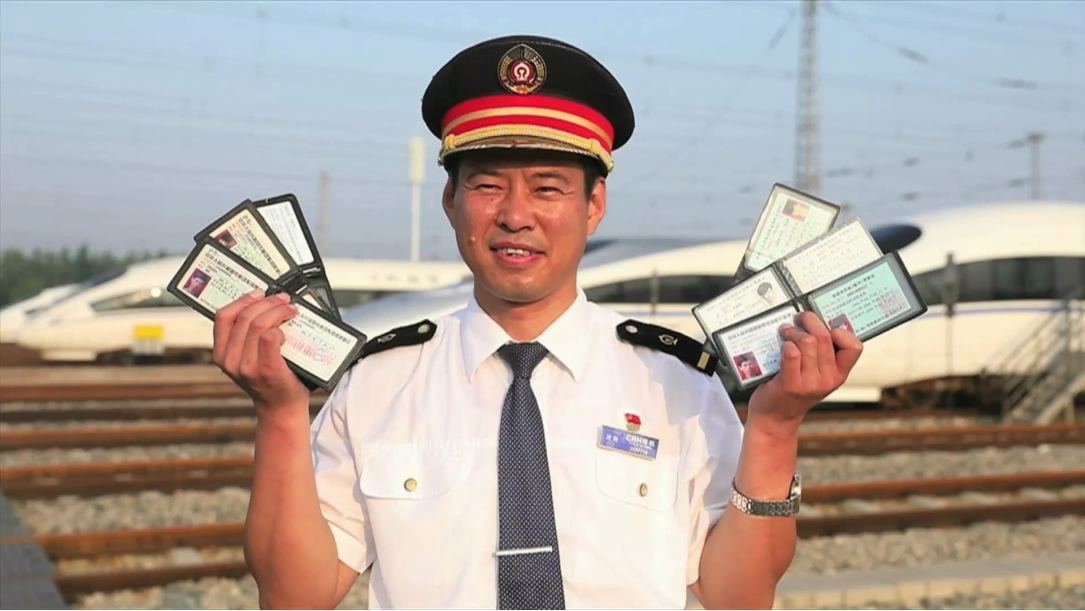
Xue Jun with his six driving licenses./ CGTN Photo
Xue Jun with his six driving licenses./ CGTN Photo
Xue, from Jinan in east China’s Shandong Province, dreamed of being a train driver from a very early age. In 1987, after graduating from a railway school, he got his first driving license to operate steam locomotives running at 60 km/h.
However, the reality did not match his dreams – steam trains were dirty and smelly, and driving one was a tough gig.
As the train proceeded into the teeth of the wind, Xue’s cab would be filled with dust and coal ash. The drivers even made up a doggerel saying to make light of the grueling experience: “He looks like a sloppy beggar, or a dirty miner, but when he comes close, he’s actually a train driver.”
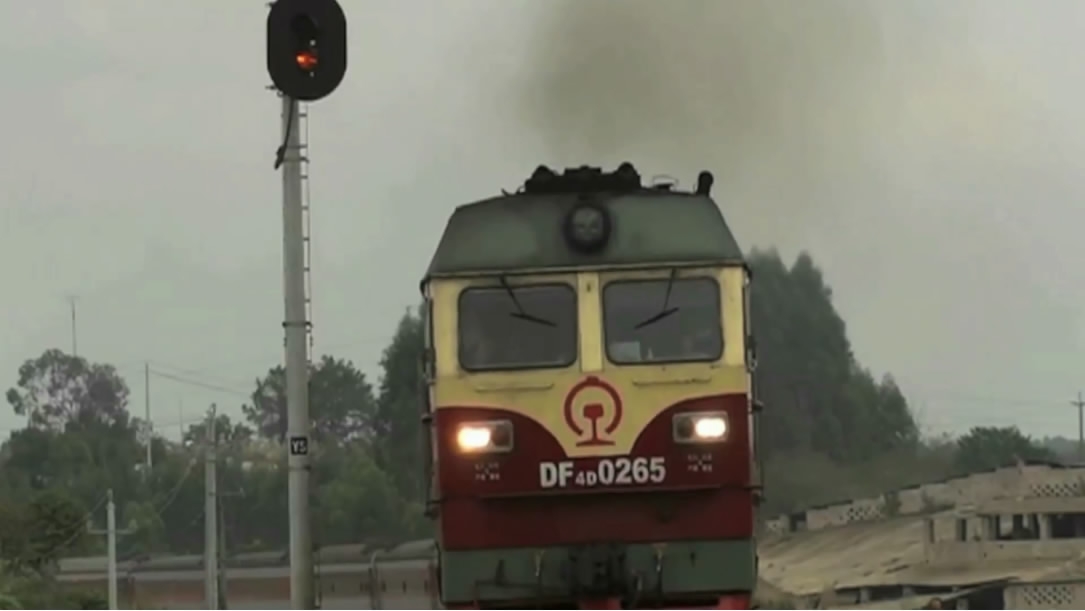
In the 1960s and 1970s, the Dongfeng diesel locomotive was the main type in use across China. / CGTN Photo
In the 1960s and 1970s, the Dongfeng diesel locomotive was the main type in use across China. / CGTN Photo
In the 1980s, with the popularity of diesel locomotives, steam trains receded. In 1992, as Xue says, he "kept up with the times" by obtaining his second driving license for diesel locomotives with a speed of 90 km/h.
In 1997, China launched a campaign to step up the speed of railway networks to 160 km/h. Against this backdrop, Xue got his third license in 1998. Compared with before, working conditions on diesel locomotive were improved a lot. "There was at least a fan and an electric stove. I could also drive the train in clean clothes," Xue said.
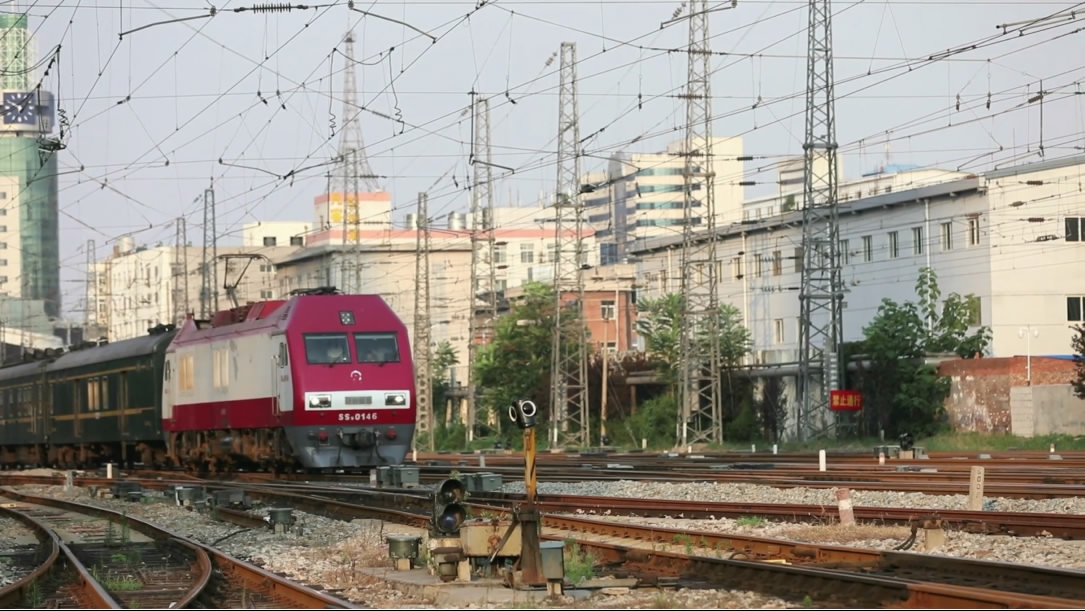
CGTN Photo
CGTN Photo
In 2006, he acquired his fourth license when electric locomotives were zooming across the country. He was so satisfied with the comfortable new berth that he determined to keep driving until he retires.
However, Xue had to upgrade his skills once again when China ushered in a new era of high-speed trains in 2007. Bullets trains capable of 250 km/h were put into operation. In 2009, he got a fifth license to drive these vehicles. For the first time in his life, Xue felt what he calls the “Chinese speed” – "The trains can go 83 meters per second".
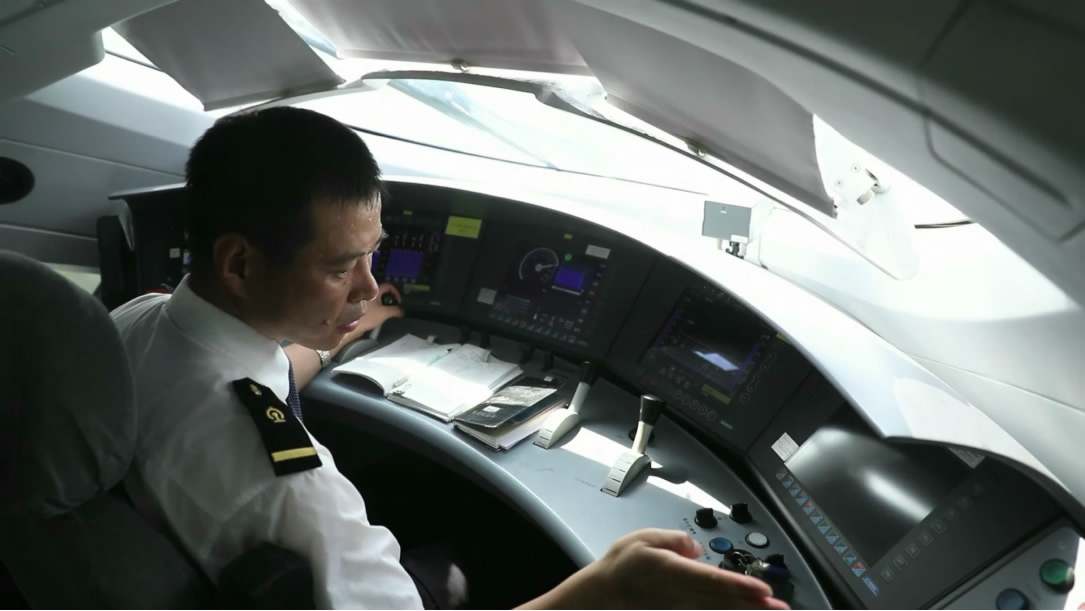
CGTN Photo
CGTN Photo
China is now one of the few countries in the world with the ability to develop bullet trains running at 380 km/h.
In 2011, a new national campaign to further speed up the trains shortened the time needed to travel between Jinan in Shandong Province and Nanjing in the eastern Jiangsu Province from 10 hours to merely 130 minutes. It was in the same year that Xue got his sixth driving license.
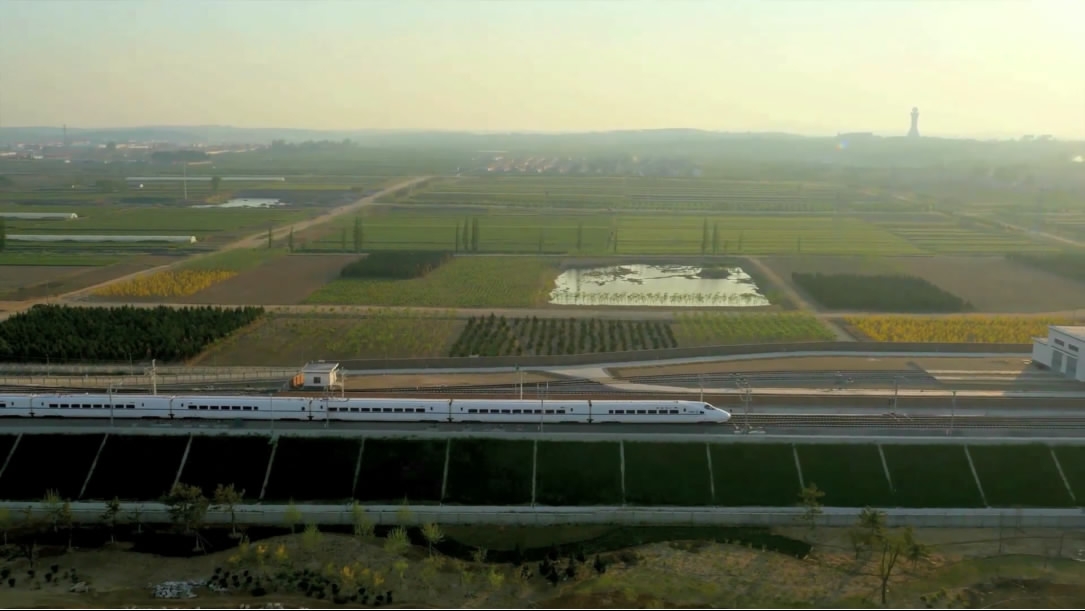
China is now one of the few countries in the world with the ability to develop bullet trains running at 380 km/h. /CGTN Photo
China is now one of the few countries in the world with the ability to develop bullet trains running at 380 km/h. /CGTN Photo
As Xue has pursued his childhood dreams with his own increasingly awesome train set, he has kept in mind that high speed could also mean high risk. He concentrates hard on his driving at all times to ensure safety.
The highly qualified driver always remembers "There are more than 1,000 passengers on board, and their families are waiting for them.”
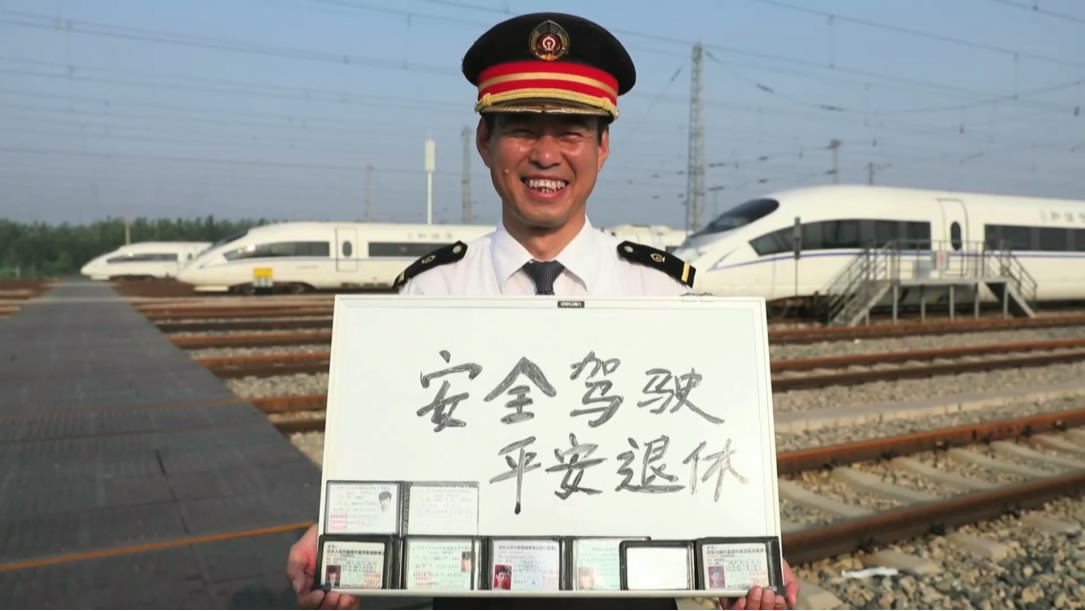
Xue Jun's "Small Goal": To drive safely and retire in peace. /CGTN Photo
Xue Jun's "Small Goal": To drive safely and retire in peace. /CGTN Photo
Named by the Jinan Railway Bureau as a model member of the Communist Party of China (CPC), Xue has made many sacrifices in his career. He has even kept a strict diet to avoid any digestive crises which might lead to delays. "No 'incidents' for me!" said the 49 year old.
The record is not only a sign of regard for his health, but also of Xue’s professional devotion and commitment to the hard-working and selfless principles of the CPC.
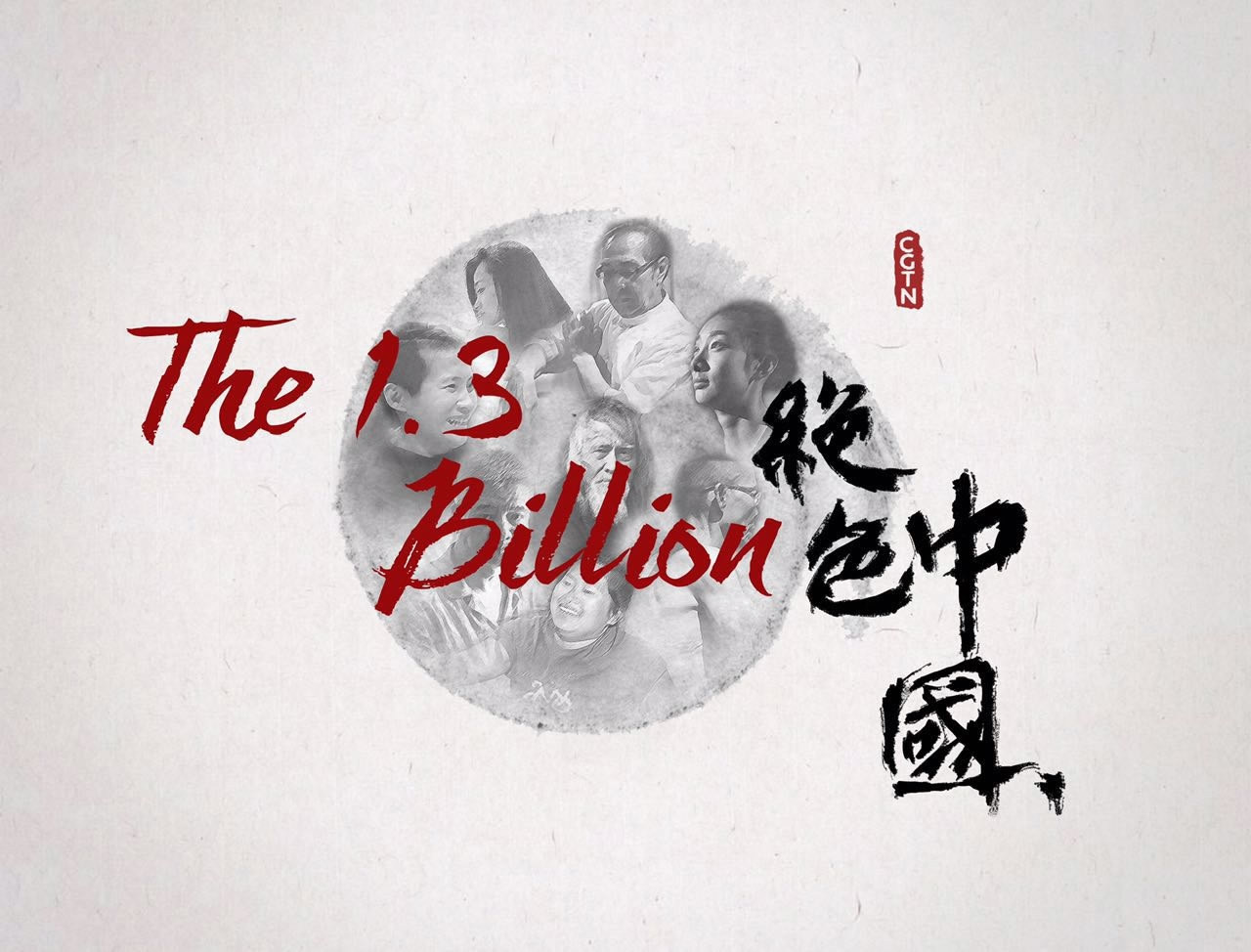
The story is one in "The 1.3 Billion" series exploring the diverse lives that make up China.
The story is one in "The 1.3 Billion" series exploring the diverse lives that make up China.

SITEMAP
Copyright © 2018 CGTN. Beijing ICP prepared NO.16065310-3
Copyright © 2018 CGTN. Beijing ICP prepared NO.16065310-3